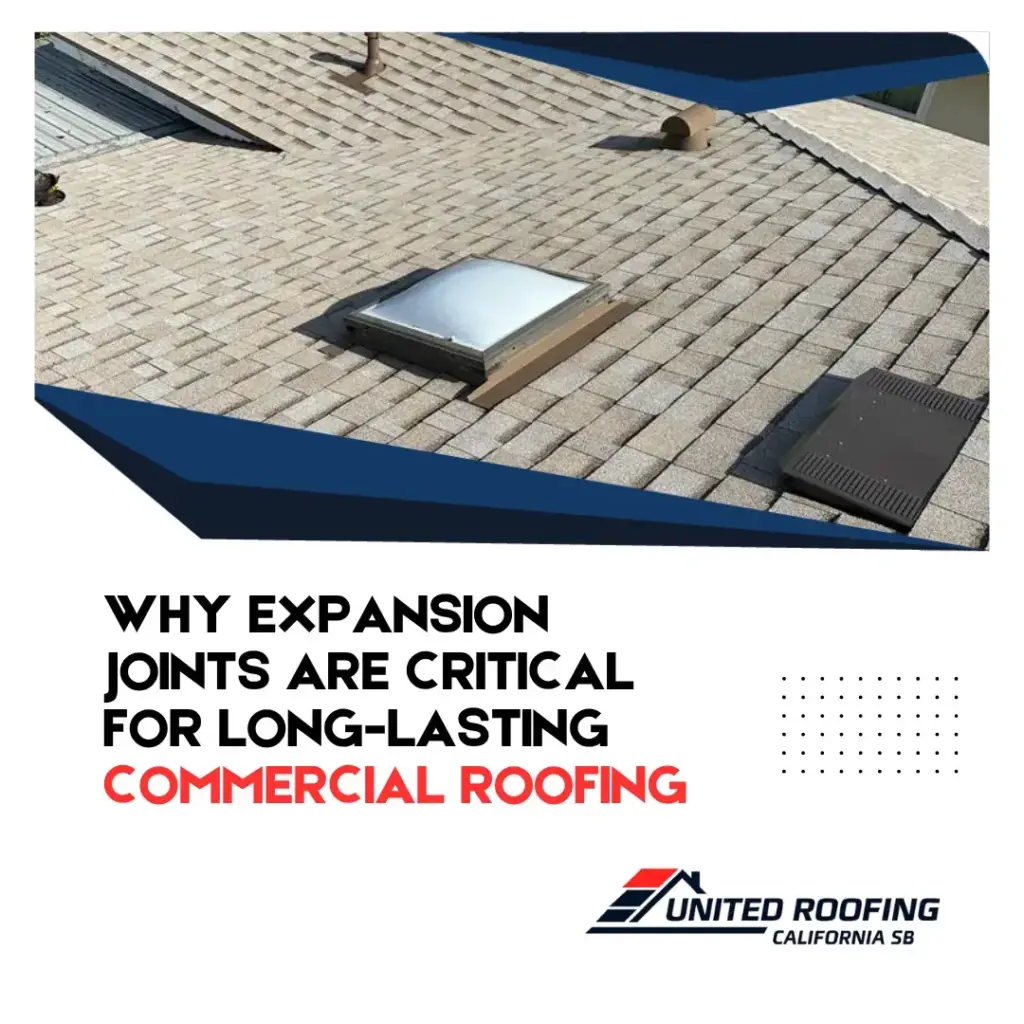Expansion joints are a key component in extending the life of any commercial roofing system. As buildings settle, shift, and respond to temperature changes, these joints absorb stress and movement, preventing damage to the roof membrane and underlying structure. Without proper expansion joint design, even the highest-quality materials can fail prematurely due to thermal cycling, structural motion, and natural building movement. Investing in proper joint placement and installation supports both performance and durability.
How Thermal Expansion Impacts Commercial Roofs
Commercial buildings typically have large, continuous roof surfaces that are heavily exposed to the sun. This constant exposure causes roofing materials to expand during the day and contract at night. Over time, this movement weakens seams, breaks down adhesives, and causes cracks. Expansion joints act as flexible buffers, relieving stress and preserving the roof’s integrity. They’re especially vital in regions with wide temperature fluctuations, where thermal movement can accelerate wear on commercial roofing systems.
Structural Shifts and Building Movement
Beyond thermal factors, buildings naturally shift due to wind load, seismic activity, and settlement. When a roof is installed without expansion joints, these movements place direct stress on the membrane and decking. Over time, this pressure can lead to leaks, tears, or membrane separation. Properly placed joints allow independent sections of the roof to move freely without pulling on one another. In a well-designed commercial roofing system, this flexibility is essential for reducing long-term structural stress.
Designing Expansion Joints for Maximum Effectiveness
Effective expansion joints must be tailored to the specific dimensions and layout of the building. Placement at points of elevation change, material transitions, and long continuous runs ensures optimal performance. The type of roofing material, anticipated movement, and local climate conditions all influence the design. A roofing contractor with experience in expansion joint systems will consider these variables to integrate joints seamlessly, maintaining both waterproofing and energy efficiency throughout the structure.
Why Professional Installation Makes the Difference
Even the best expansion joint design can fail if not installed correctly. Sealing, flashing, and insulation must work together to preserve both movement and moisture protection. Partnering with a professional contractor ensures joints are placed with precision and inspected regularly during maintenance. A long-lasting roof depends not just on materials, but on strategic planning and execution. Expansion joints, when properly implemented, safeguard your investment and provide critical longevity to your roofing system.
Learn More
Commercial Roofing and Thermal Movement: Why Expansion Joints Matter

